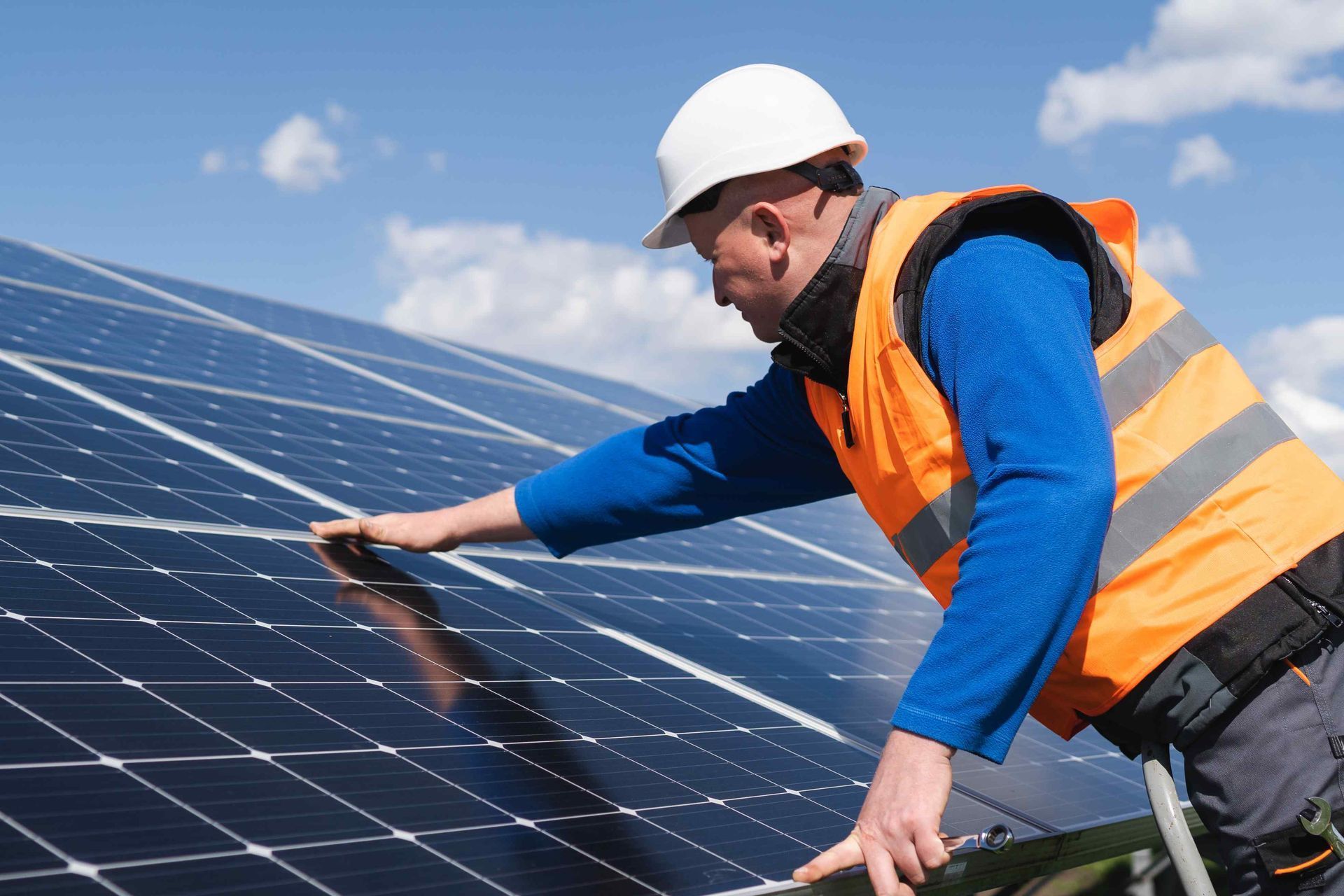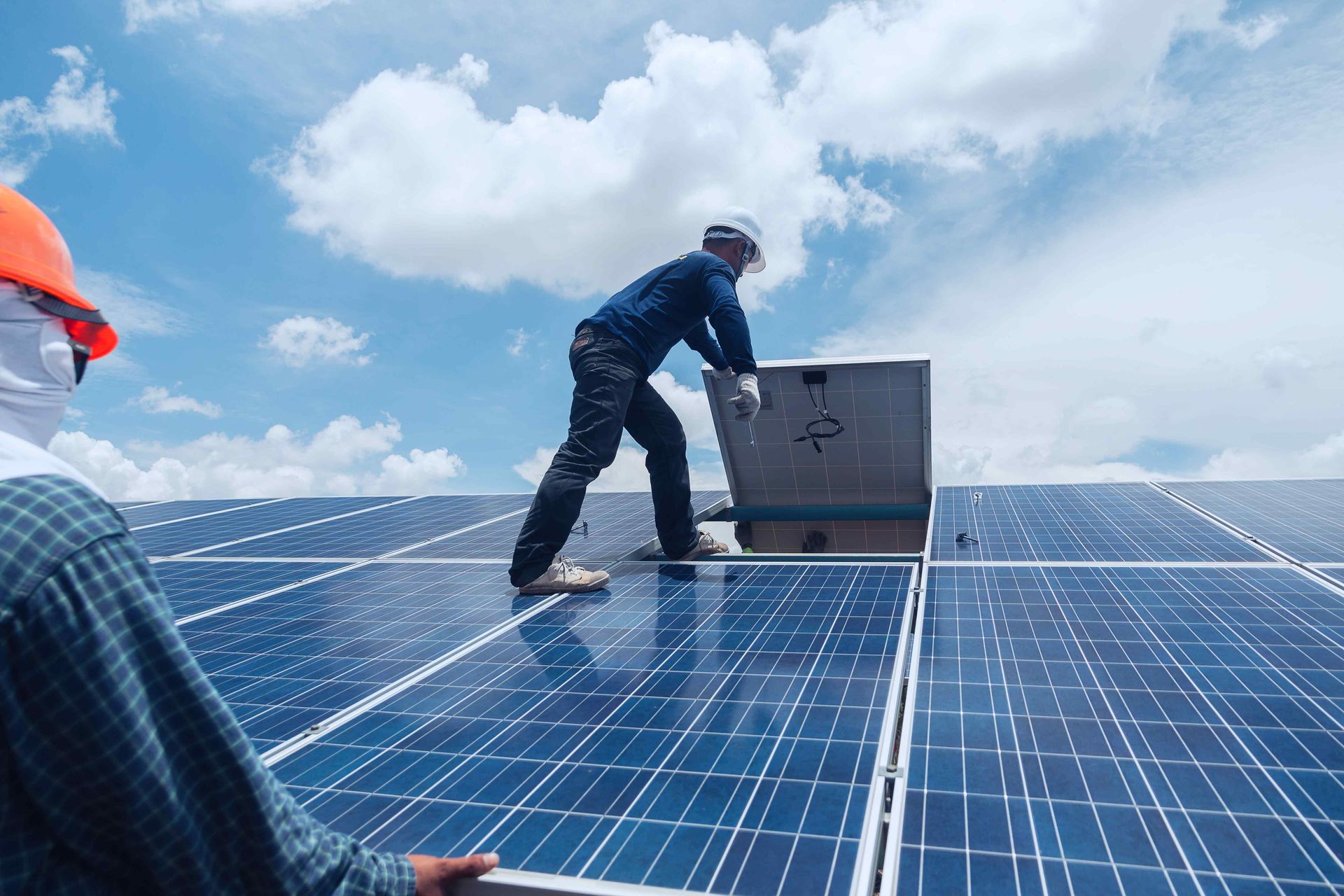Solar vs Traditional Energy : Which is more cost-effective?
Solar vs. Traditional Energy: Which is More Cost-Effective?

The debate between solar energy and traditional energy sources has grown in recent years as more homeowners and businesses look for ways to save on energy costs. Understanding the cost-effectiveness of each option can help you make an informed decision for your energy needs. This post compares solar energy with traditional energy sources like coal, natural gas, and electricity from the grid.
The Basics of Solar Energy Costs
Upfront Installation Costs
Solar panels require an initial investment, including equipment (panels, inverters, batteries, and mounting systems) and installation labor. While the upfront costs may seem high, incentives and rebates, such as the federal solar tax credit, can significantly reduce the expense.
Long-Term Savings with Solar Energy
Once installed, solar panels begin to pay off through reduced electricity bills. On average, a solar system in Orlando can offset energy costs for 20-25 years, delivering substantial savings over time.
Maintenance Costs for Solar Systems
Solar systems require minimal maintenance, typically only periodic cleaning and inspections, which keep costs low compared to the ongoing expenses of traditional energy.
Traditional Energy Costs
Monthly Utility Bills
Traditional energy sources, like electricity from the grid, come with recurring monthly costs that can fluctuate based on energy usage and market prices. These costs never go away and often rise over time due to inflation and market demand.
Environmental and Hidden Costs
In addition to direct financial costs, traditional energy sources have hidden environmental costs. Fossil fuels like coal and natural gas contribute to pollution and climate change, which can lead to long-term societal costs.
Fuel Supply Volatility
Traditional energy prices are subject to market volatility, especially for oil and natural gas. Fluctuating prices can lead to unpredictable bills, making budgeting more difficult.
Comparing Cost-Effectiveness: Solar vs. Traditional Energy
Upfront vs. Long-Term Costs
Solar panels have higher upfront costs but deliver long-term savings. Traditional energy, while cheaper initially, can become more expensive over time due to rising utility rates.
Energy Independence with Solar
Solar energy systems allow homeowners to generate their own power, reducing dependence on external energy providers. This independence can shield you from rising energy costs and market volatility.
Incentives and Rebates for Solar Energy
Government incentives like the Federal Solar Investment Tax Credit (ITC) and state-level rebates can drastically reduce the cost of going solar. Traditional energy sources typically don’t offer similar financial benefits.
Environmental Cost Savings with Solar
Reducing Carbon Emissions
Solar energy produces zero emissions during operation, reducing your carbon footprint and contributing to a cleaner environment. Traditional energy sources, on the other hand, release greenhouse gases that contribute to climate change.
Supporting Renewable Energy Goals
Investing in solar helps transition to renewable energy sources, reducing reliance on finite fossil fuels. This shift supports global sustainability efforts and helps mitigate environmental costs.
Real-Life Cost Comparisons
Energy Bill Savings Over Time
For a typical homeowner in Orlando, switching to solar can reduce monthly energy bills by 50% or more. Over 20 years, this translates to thousands of dollars in savings compared to staying on the grid.
Break-Even Point for Solar Systems
Most solar installations in Orlando have a payback period of 6-9 years. After that, the energy produced is essentially free, while traditional energy costs continue to accumulate indefinitely.
Is Solar the Right Choice for You?
Factors to Consider
Evaluate factors like your home's sun exposure, current energy usage, and available incentives to determine if solar is a cost-effective option for you.
Consulting with Experts
Speaking with a trusted solar company, such as Affordable Solar Orlando, can help you analyze your savings potential and create a customized solar solution.
Conclusion
While traditional energy may seem convenient, it comes with ongoing costs, environmental impacts, and price volatility. Solar energy, on the other hand, offers a clear path to long-term savings, energy independence, and sustainability. With the right setup, solar can be a highly cost-effective solution for homeowners and businesses in Orlando.
Ready to explore the benefits of solar energy? Contact
Affordable Solar Orlando today for a free consultation and discover how solar can save you money and benefit the planet.
You might also like




